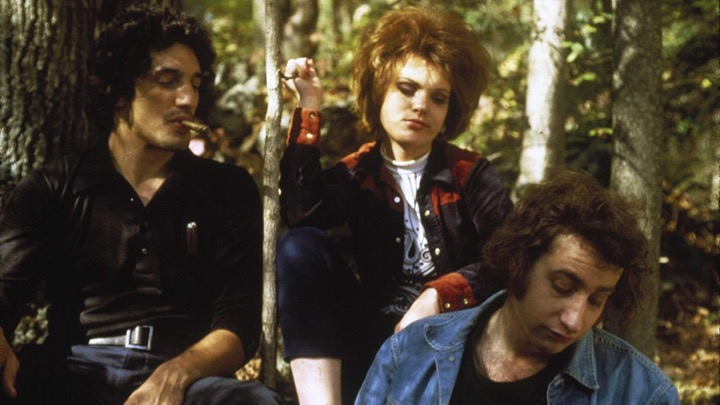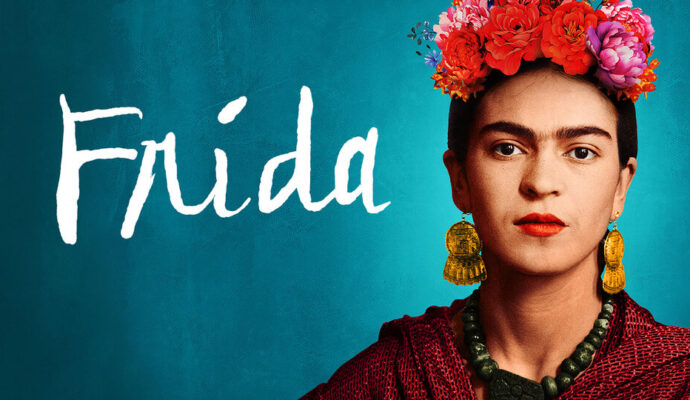“The Last House on the Left” (1972) – With “A Nightmare on Elm Street” and “Scream” franchises under his belt, Wes Craven cemented his legacy in the horror community, but long before Freddy Krueger reached movie theatres, this iconic director made a big impression with his 1972 directorial debut, the truly depraved, low budget slasher film, “The Last House on the Left.”
It’s ugly, graphically-violent and features the worst of our society without filter or censorship, and due to Craven’s documentary-like style choices, “The Last House on the Left” successfully delivers its intended shocks. Craven’s film is certainly not for everyone (or perhaps most people), but its influence can be felt on other horror films, like “The Texas Chainsaw Massacre” (1974) and “The Evil Dead” (1981).
Well, the only shock that Mari (Sandra Peabody) wants is to celebrate her 17th birthday, so she and her friend Phyllis (Lucy Grantham) decide to see Bloodlust! That’s the name of a band, by the way. Mari and Phyllis leave for the show, but not before drinking booze in the woods and walking around town looking for drugs.
As fate would have it, they stumble upon the wrong dealer, because once Mari and Phyllis enter his apartment, three men – Krug, Weasel and Junior – and a woman, Sadie, lock them inside. The four are psychopaths of the worst kind with murder and rape among the crimes on their records, and if Mari and Phyllis cannot slip away, this dreadful turn of events will not end well, and they know it.
Some of the performances are wooden at best, but the clothes, haircuts, cluttered apartment, an on-location setting (that includes the great outdoors), and Craven’s budget of just $87,000 give an air of realism that make the acts of violence seem much more grisly, grainy and raw.
Thankfully, Craven inserts two bumbling local police officers (Marshall Anker, Martin Cove) for a bit of comic relief, and throws in Mari’s parents, who own a “Leave It to Beaver” vibe, for good measure. Their collective naïve behavior introduces a duality of tones that are infinitely important to simply get the audience through the brutal story, and Craven’s sense of humor became a template and more prevalent in his “Nightmare” and “Scream” series.
Well, Craven went on to bigger and bloodier films, but even Freddy Krueger would have nightmares after watching “The Last House on the Left”.
Image credits: Hallmark Releasing; Trailer credits: You Tube Movies




